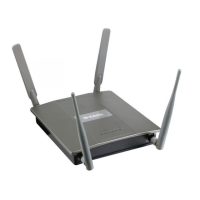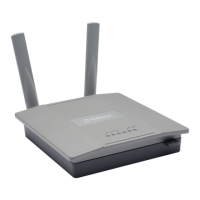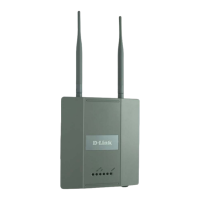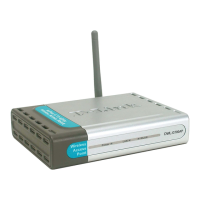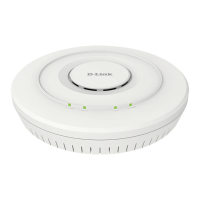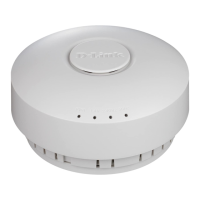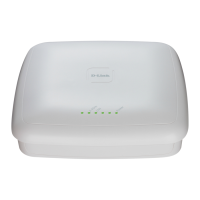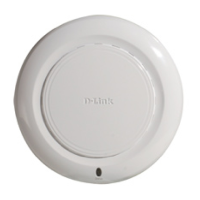Configuring a Virtual Access Point
D-Link Unified Wired and Wireless Access System
Oct. 2015 Page 690
D-Link UWS User Manual
12. To enable IEEE 802.1X authentication on the switch, go to the LAN > Security > Port Access Control >
Configuration page, select Enable from the Administrative Mode menu, and then click Submit.
13. To set the 802.1X mode for port 0/1, go to the LAN > Security > Port Access Control > Port Configuration
page, select Force Authorized from the Control Mode field, and then click Submit.
Configuring a Virtual Access Point
The following example shows how to configure the default virtual access point (VAP) profile on the switch.
After the switch authenticates an AP it discovers on the network, it assigns the default profile to the AP. In
order for the switch and AP to discover each other, the WLAN Switch feature must be enabled on the UWS,
and the Managed Mode must be enabled on the AP.
The default profile in this example has three enabled VAPs with the following settings:
The Voice network uses the default RADIUS server configured on the system to authenticate clients and has
the L2 Distributed Tunneling Mode enabled.
The Voice network also uses a DiffServ policy to expedite the voice traffic. The policy must already be
configured in order to associate it with the Voice network. You configure the policy by using the pages
available from the LAN > QoS > Differentiated Services folder. For information about configuring DiffServ
policies, see “Configuring Differentiated Services for VoIP” on page 694.
1. Access the WLAN > Administration > Basic Setup page, and then click the SSID tab.
By default, Network 1 is enabled and uses “Guest Network” as the SSID.
2. Configure the first VAP.
a. Click Edit for Network 1 to access the Wireless Network Configuration page for that network.
b. Delete the existing SSID and enter Visitor in the SSID field.
c. In the VLAN field, enter 10.
Table 387: VAP Configuration Example Settings
Network (SSID) VLAN Security Redirect Client QoS
Visitor 10 None http://www.dlink.com.tw http://
www.dlink.com.tw
Bandwidth Restrictions
Corporate 20 WPA Personal None None
Voice 30 WPA Enterprise None DiffServ Policy Up
Note: When L2 Distributed tunneling is enabled, note the following network considerations:
• If APs are located in different subnets, the client VLANs must also be separated by a router so
that the VLANs do not form a single bridge segment.
• If the IP addresses of the APs are on the same subnet, all VLANs used by the wireless clients
must also be located in the same bridge segment.
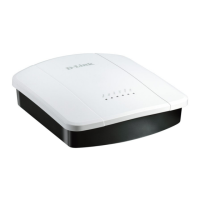
